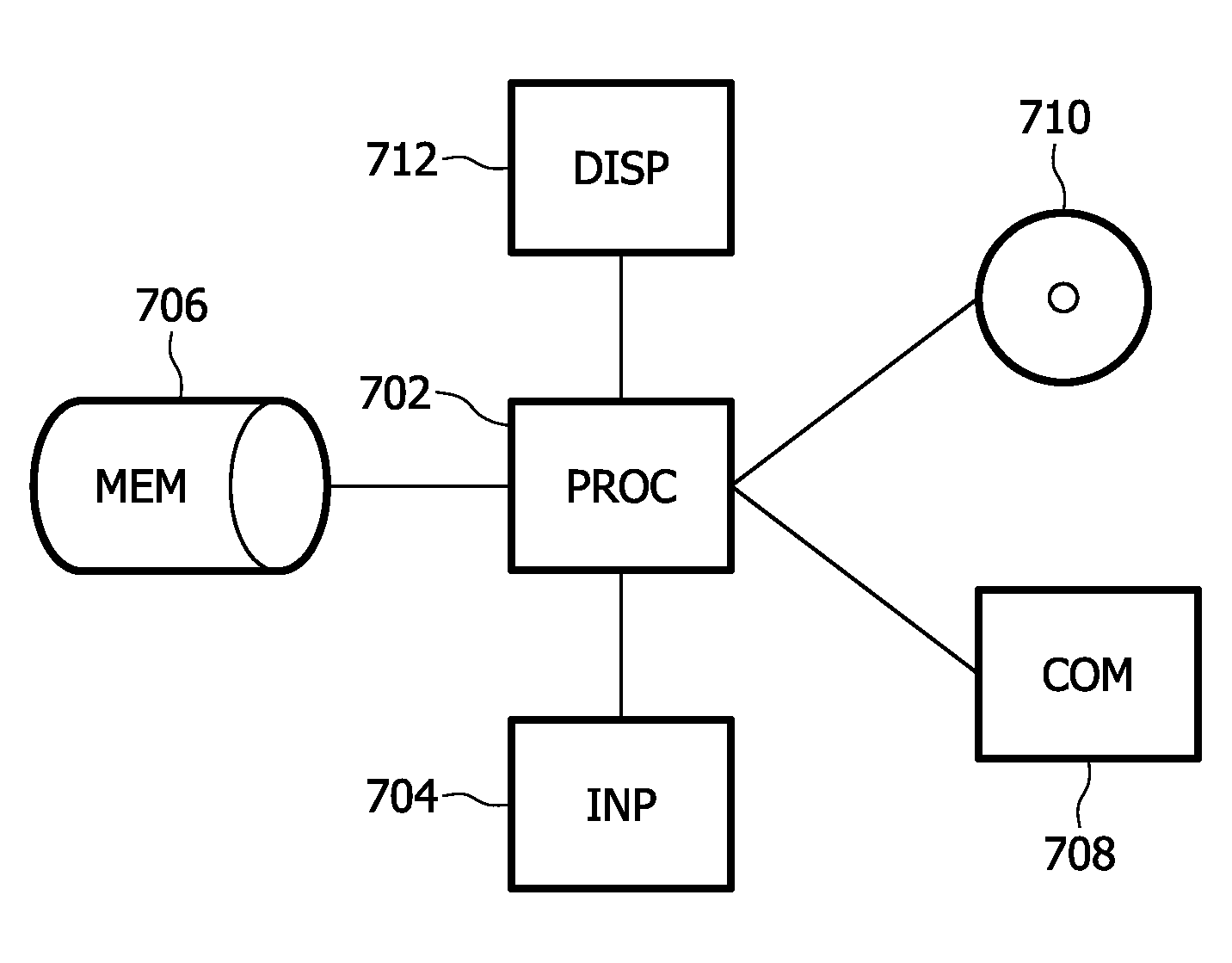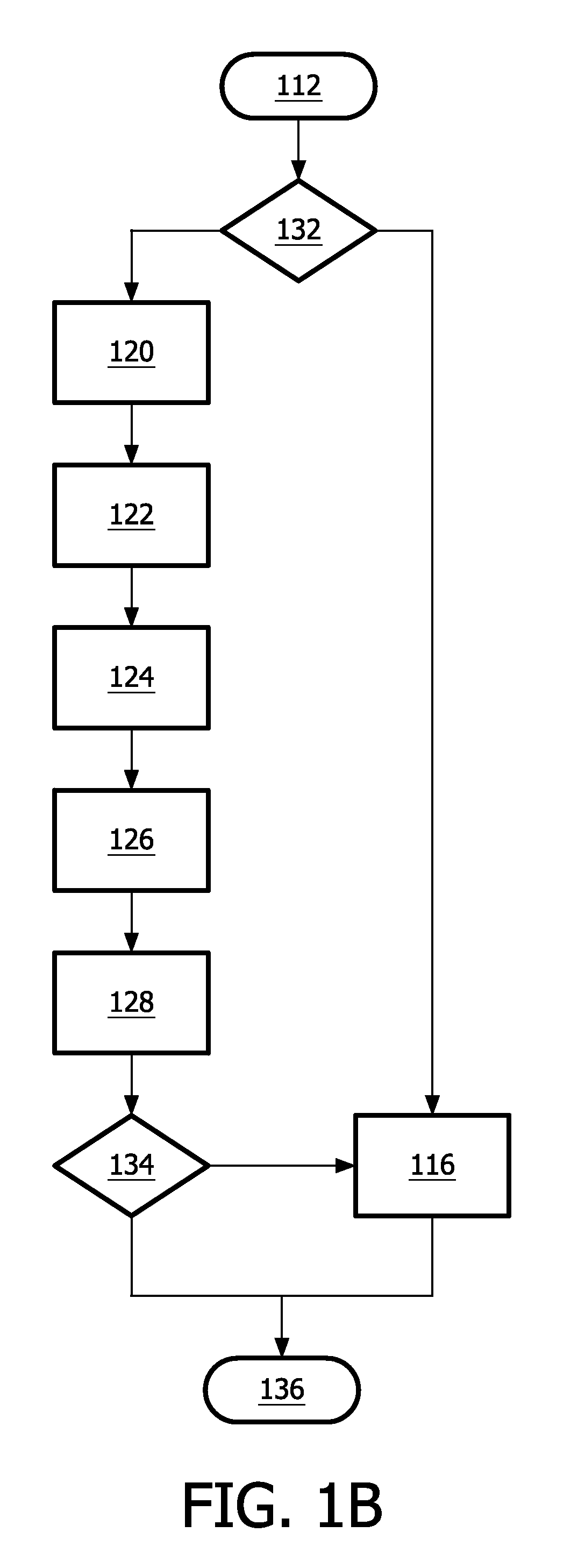Segmenting pulmonary arteries
a pulmonary vein and segmentation technology, applied in image enhancement, tomography, instruments, etc., can solve the problems of difficulty in distinguishing pulmonary veins from pulmonary arteries, failure of classification of pulmonary arteries and pulmonary veins in the known method, and leakage of seed-point based region expansion methods for pulmonary arteries to pulmonary veins, etc., to achieve good starting point and improve the separation between pulmonary arteries
- Summary
- Abstract
- Description
- Claims
- Application Information
AI Technical Summary
Benefits of technology
Problems solved by technology
Method used
Image
Examples
Embodiment Construction
[0026]For diagnosis and treatment of for example asthmatic and emphysematic patients, the simultaneous assessment of the tracheobronchial tree and the accompanying pulmonary artery tree plays an important role. The ratio of inner bronchial diameter to accompanying arterial diameter is an important parameter in clinical practice in order to detect and quantify airway narrowing and / or bronchial dilation.
[0027]Making use of the tracheobronchial tree, the extraction of the pulmonary artery tree from multi-slice CT data may be automated. Having the bronchial tree and the accompanying arterial tree available, these trees can be used for a joint visualization, for example in a virtual bronchoscopy application. Bronchial and arterial diameters may be measured fully automatically along both trees. Positions where the ratio of these radii exhibits unusual values can be marked in the display and brought to the attention of a radiologist for further assessment.
[0028]The methods and systems desc...
PUM
 Login to View More
Login to View More Abstract
Description
Claims
Application Information
 Login to View More
Login to View More - R&D
- Intellectual Property
- Life Sciences
- Materials
- Tech Scout
- Unparalleled Data Quality
- Higher Quality Content
- 60% Fewer Hallucinations
Browse by: Latest US Patents, China's latest patents, Technical Efficacy Thesaurus, Application Domain, Technology Topic, Popular Technical Reports.
© 2025 PatSnap. All rights reserved.Legal|Privacy policy|Modern Slavery Act Transparency Statement|Sitemap|About US| Contact US: help@patsnap.com



